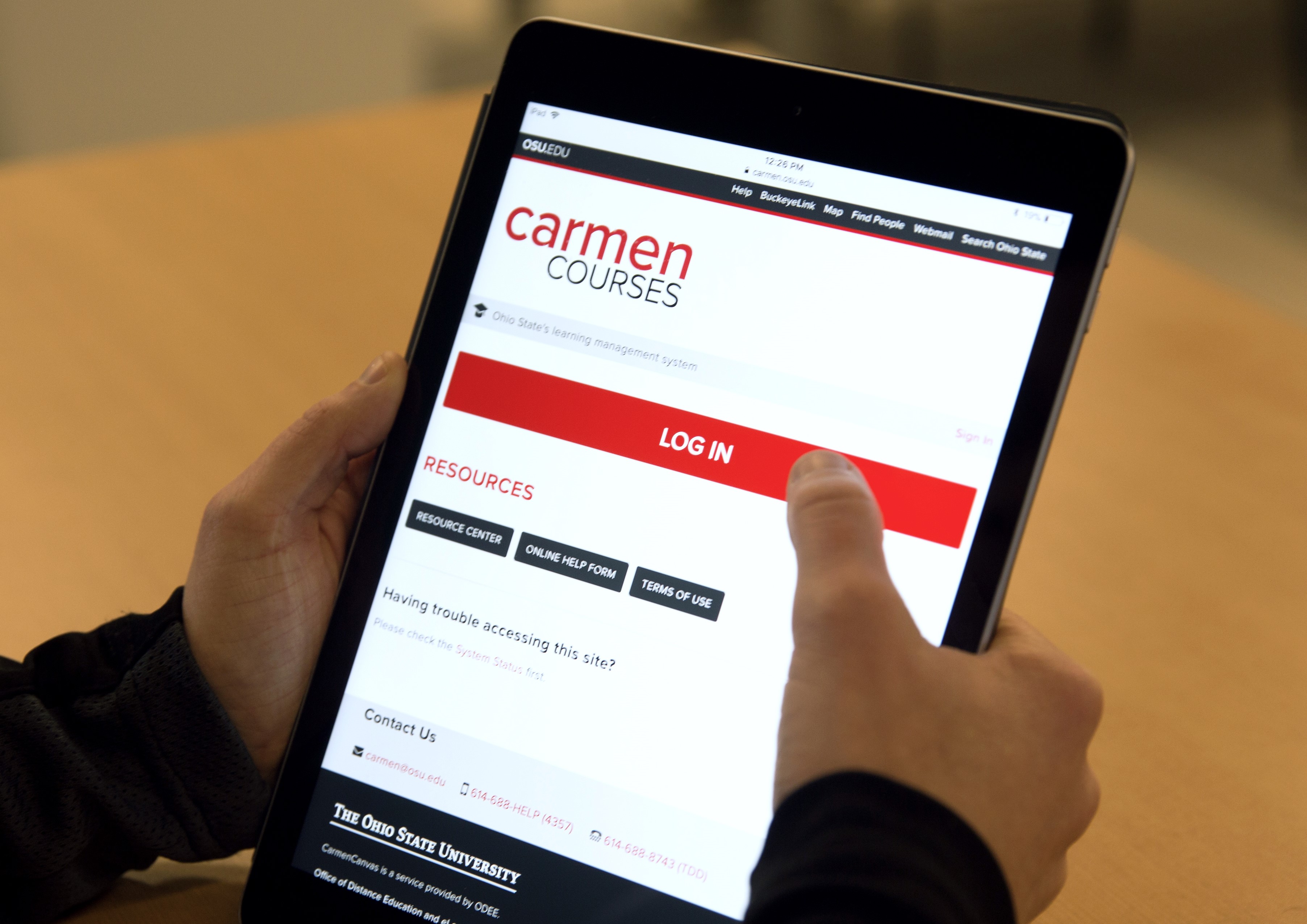Announcements
Spring 2024 Tool Updates
Review the latest updates from the Office of Technology and Digital Innovation (OTDI), including added security measures for eLearning tools, improved synchronization of identity data, and a focus on accessibility awareness.
Autumn 2023 Tool Updates
Review the latest updates from the Office of Technology and Digital Innovation (OTDI). Familiarize yourself with New Quizzes in Carmen, the latest accessibility features in Zoom, and new opportunities for your students, like C4U and the Student Technology Loan Program.
Summer 2023 Tool Updates
Review the latest updates from the Office of Technology and Digital Innovation (OTDI). Check out guidance on using AI tools in the classroom; discover new features in CarmenCanvas and CarmenZoom; learn more about new tools like Adobe and PebblePad; and review reminders about existing and retiring tools.





